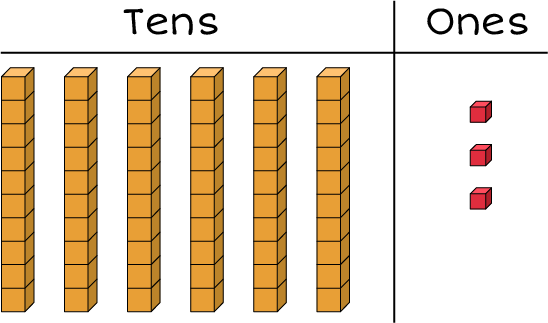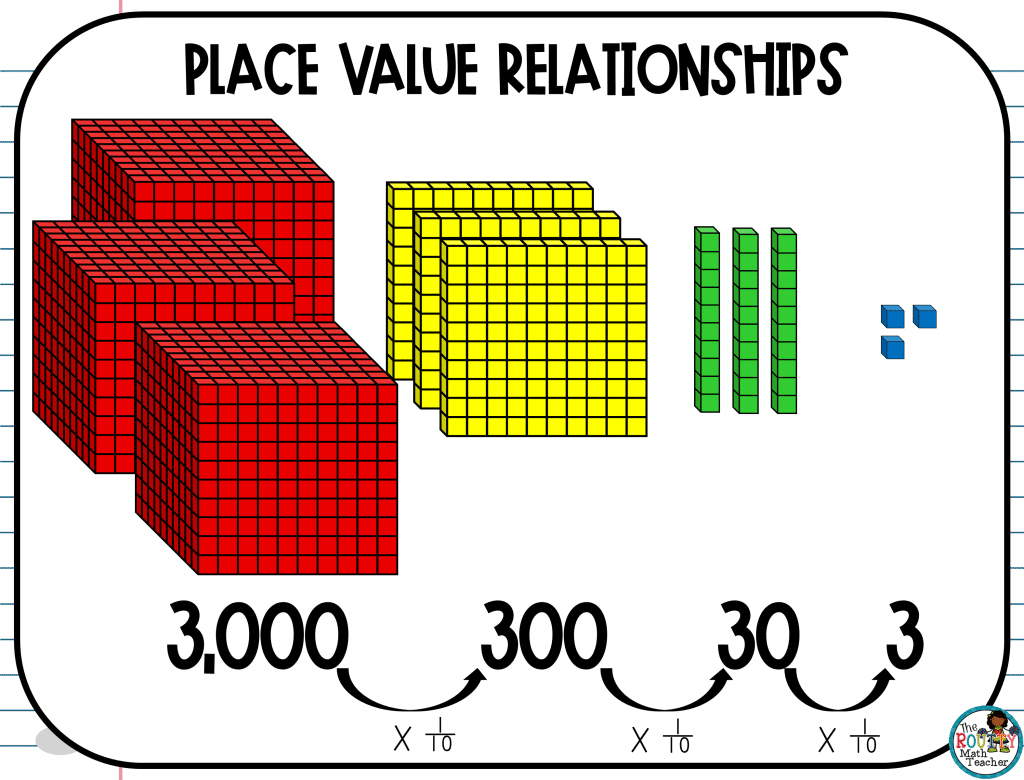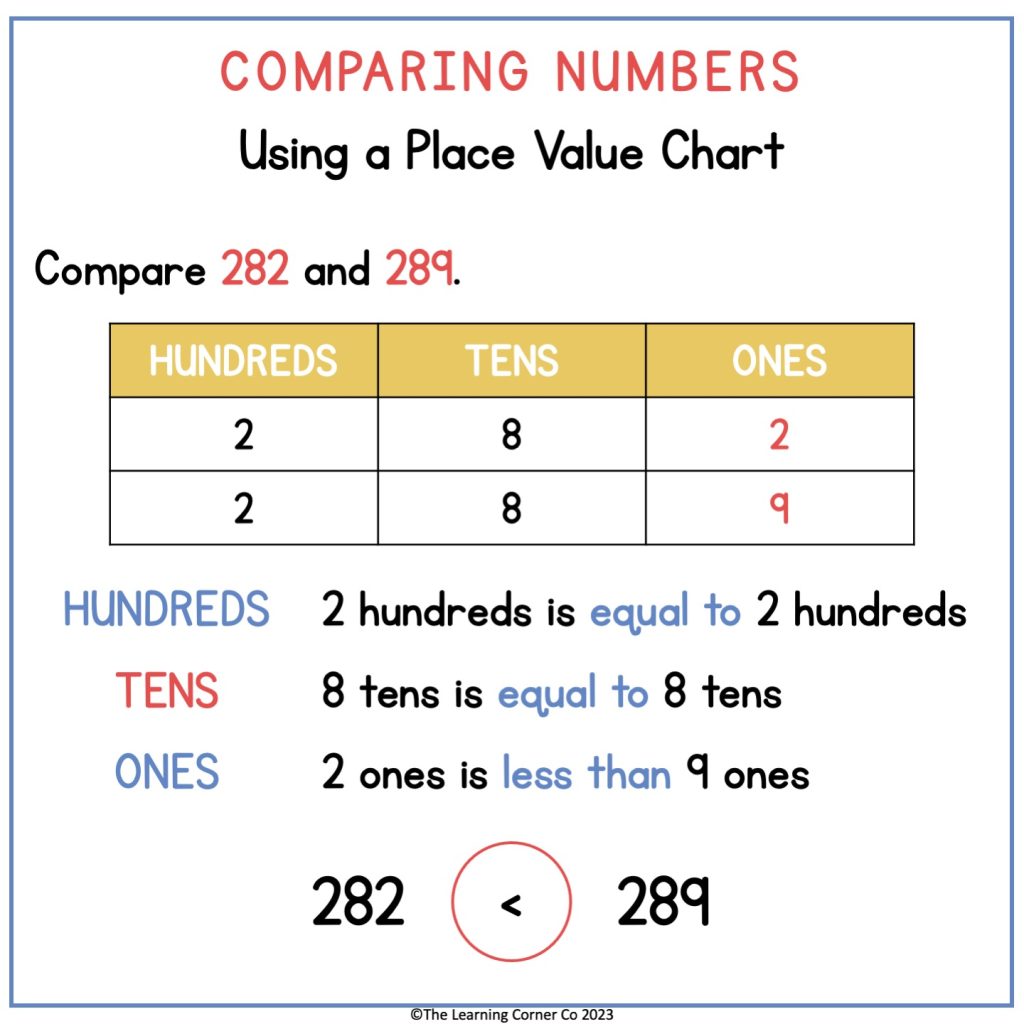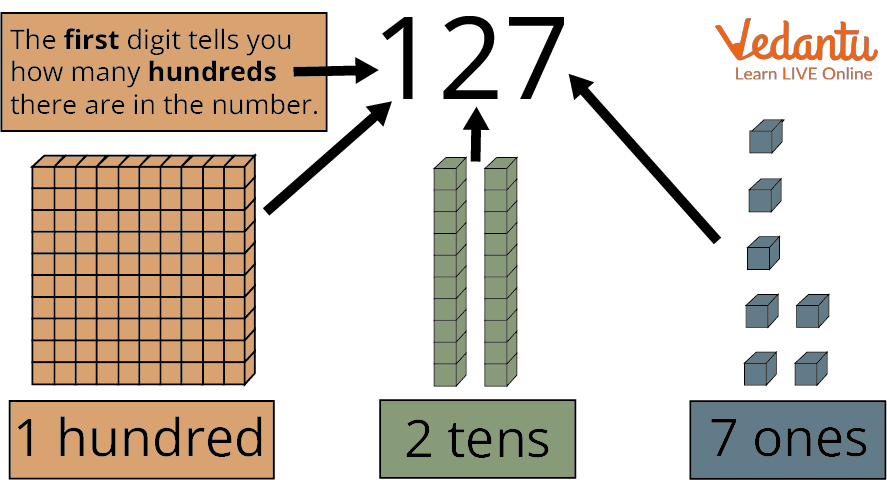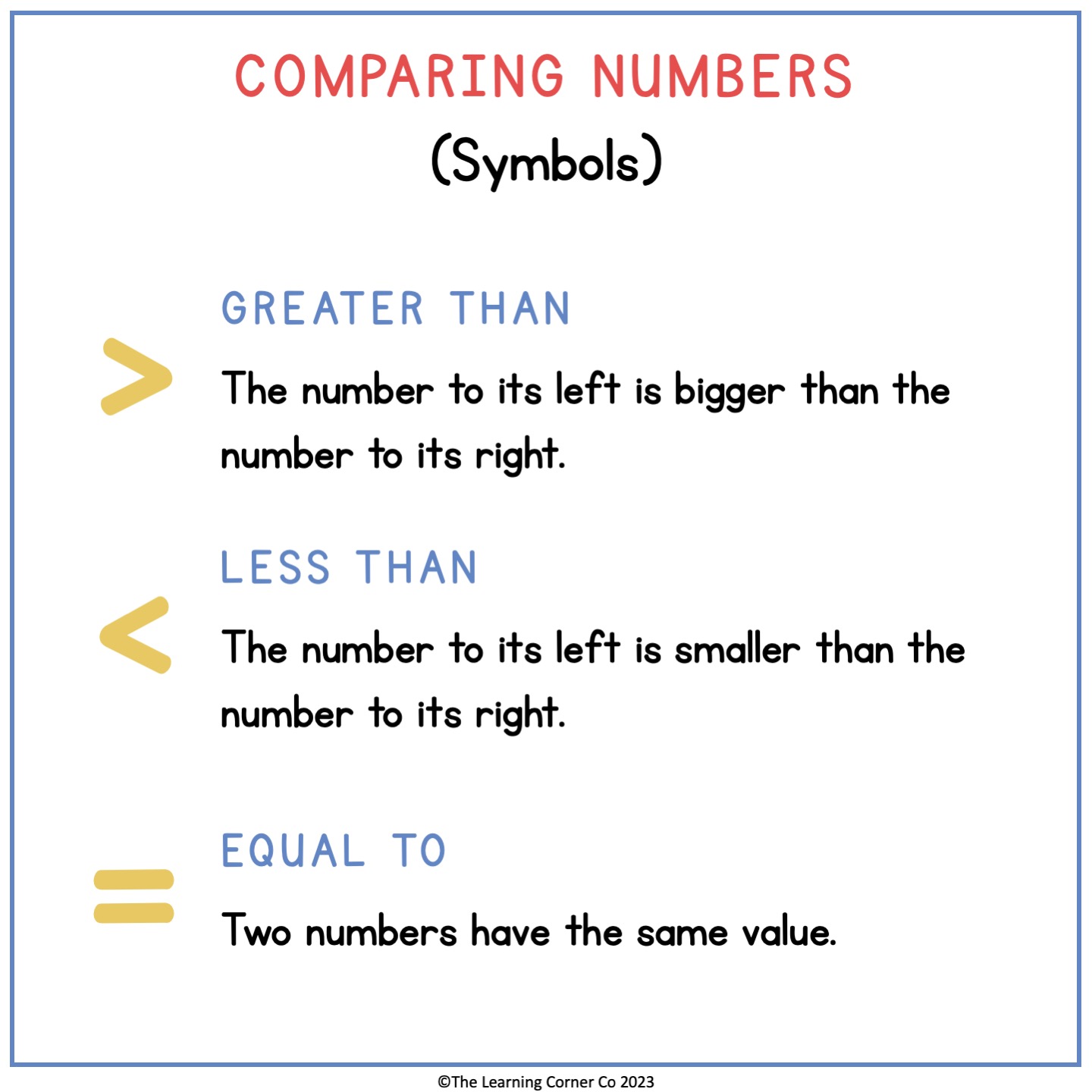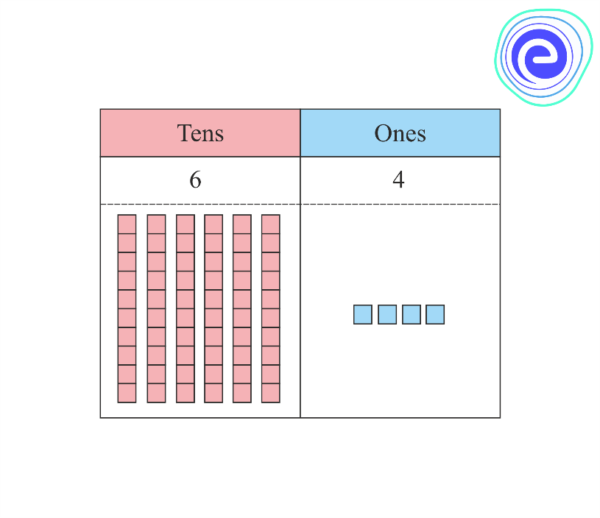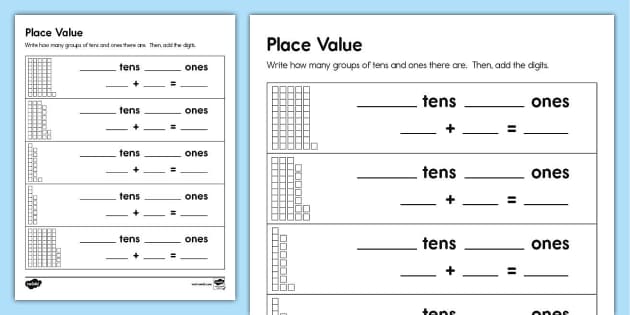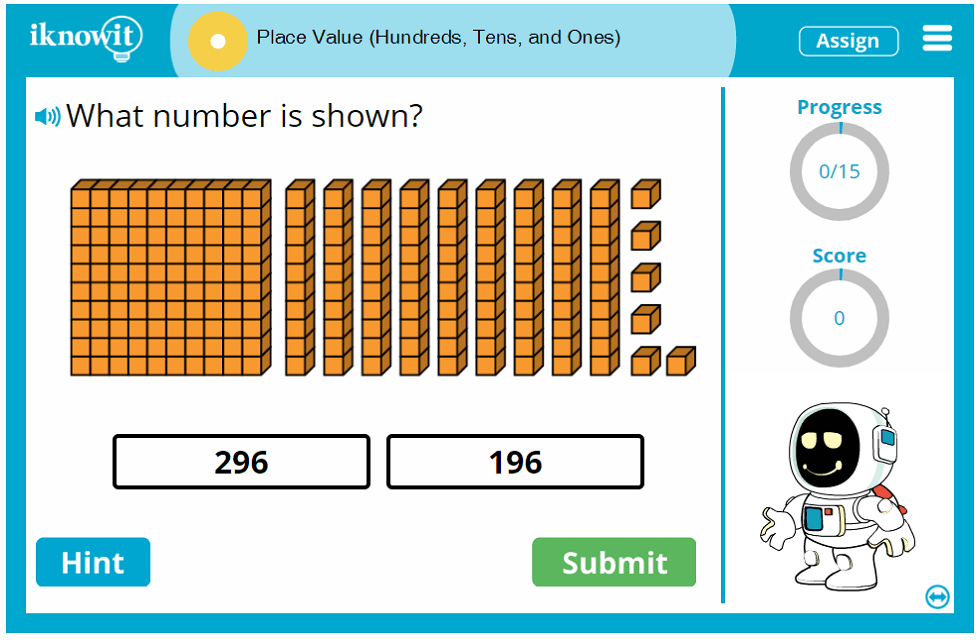Which Number Has The Same Value As 20 Tens

In an era dominated by complex algorithms and intricate mathematical models, it's easy to overlook the fundamental building blocks upon which these advancements are built. Yet, even the simplest arithmetic question can spark curiosity and prompt a deeper understanding of numerical relationships. The seemingly straightforward question of which number holds the same value as 20 tens has recently become a subject of discussion, highlighting the importance of basic mathematical literacy.
This article delves into the numerical equivalence of 20 tens, exploring the underlying mathematical principles, examining the relevance of this concept in elementary education, and addressing potential misconceptions that may arise. We will provide a definitive answer while contextualizing its significance in broader mathematical understanding. Through examination of educational standards and expert insights, this exploration aims to clarify a fundamental mathematical concept.
The Numerical Value of 20 Tens
The core of this discussion lies in understanding the place value system. In our base-ten system, each digit in a number represents a value based on its position. A "ten" signifies the number 10, so 20 tens directly translates to 20 multiplied by 10.
Therefore, the calculation is 20 x 10. Performing this multiplication yields the answer: 200. The number that has the same value as 20 tens is 200.
Educational Significance
Understanding place value is a cornerstone of elementary mathematics education. It's a foundational concept that underpins more advanced mathematical operations, such as addition, subtraction, multiplication, and division. A solid grasp of place value enables children to comprehend the magnitude of numbers and perform calculations with greater confidence and accuracy.
According to the National Council of Teachers of Mathematics (NCTM), "A deep understanding of place value is essential for developing number sense and computational fluency." NCTM emphasizes that educators should use a variety of representations, including manipulatives like base-ten blocks, to help students visualize and internalize these concepts. Failing to properly grasp place value can lead to significant challenges in later mathematical learning.
Common Misconceptions
Despite its apparent simplicity, the concept of 20 tens can sometimes lead to misunderstandings, particularly among young learners. One common error is confusing 20 tens with the number 20 itself. Students might misinterpret the question and not fully grasp the multiplication aspect.
Another misconception arises when children incorrectly apply the operation. Some may mistakenly add 20 and 10 instead of multiplying them. Targeted instruction and practice are crucial in addressing these potential pitfalls. Educators need to carefully scaffold learning to ensure that all students develop a clear understanding of the underlying principles.
Expert Perspectives
Dr. Emily Carter, a professor of mathematics education at Stanford University, emphasizes the importance of conceptual understanding. “Rote memorization of multiplication facts is not enough," she stated in a recent interview. "Students need to truly understand what multiplication represents, and how it relates to concepts like place value.”
Dr. Carter added that the question about 20 tens is an excellent diagnostic tool. It can quickly reveal whether a student has a solid grasp of place value. She also suggest that educators use this type of question to assess understanding before moving on to more complex mathematical topics.
"The key is to make mathematics meaningful and relevant to students' lives," says Dr. Carter. "Connect mathematical concepts to real-world scenarios to foster engagement and deeper understanding."
Furthermore, Dr. James Brown, a leading researcher in curriculum development, highlights the need for consistent reinforcement. "Place value should be revisited throughout the elementary grades," he explains. "It's not a one-time lesson; it needs to be continually reinforced to ensure long-term retention."
Practical Applications
Understanding that 20 tens equals 200 has practical implications in various real-world scenarios. For example, consider a situation where someone is saving money. If they save 10 dollars each week for 20 weeks, they will have saved 200 dollars in total.
Another example involves counting objects. If there are 20 stacks of objects with 10 objects in each stack, the total number of objects is 200. These real-world scenarios help solidify the concept and demonstrate its relevance beyond the classroom.
Looking Ahead
The seemingly simple question of which number is equivalent to 20 tens highlights the crucial importance of mastering fundamental mathematical concepts. A strong foundation in place value is essential for success in mathematics and beyond. It equips individuals with the tools they need to solve problems, make informed decisions, and navigate the complexities of the world around them.
Moving forward, it is essential that educators continue to prioritize conceptual understanding and provide ample opportunities for students to practice and apply their knowledge. By fostering a love of mathematics and encouraging critical thinking, we can empower the next generation to succeed in an increasingly quantitative world.



